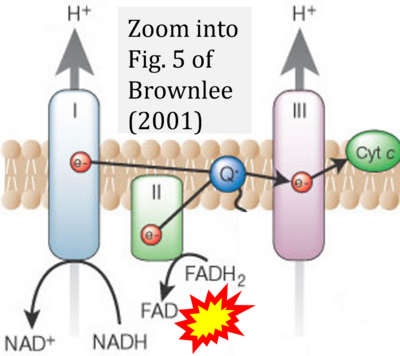Difference between revisions of "Brownlee 2001 Nature"
From Bioblast
| (One intermediate revision by the same user not shown) | |||
| Line 1: | Line 1: | ||
{{Publication | {{Publication | ||
|title=Brownlee M (2001) Biochemistry and molecular cell biology of diabetic complications. Nature | |title=Brownlee M (2001) Biochemistry and molecular cell biology of diabetic complications. Nature 414:813-20. https://doi.org/10.1038/414813a | ||
|info=[https://pubmed.ncbi.nlm.nih.gov/11742414/ PMID:11742414 Open Access] | |info=[https://pubmed.ncbi.nlm.nih.gov/11742414/ PMID:11742414 Open Access] | ||
|authors=Brownlee M | |authors=Brownlee M | ||
Latest revision as of 13:11, 27 June 2023
| Brownlee M (2001) Biochemistry and molecular cell biology of diabetic complications. Nature 414:813-20. https://doi.org/10.1038/414813a |
Brownlee M (2001) Nature
Abstract: Diabetes-specific microvascular disease is a leading cause of blindness, renal failure and nerve damage, and diabetes-accelerated atherosclerosis leads to increased risk of myocardial infarction, stroke and limb amputation. Four main molecular mechanisms have been implicated in glucose-mediated vascular damage. All seem to reflect a single hyperglycaemia-induced process of overproduction of superoxide by the mitochondrial electron-transport chain. This integrating paradigm provides a new conceptual framework for future research and drug discovery.
Correction: FADH2 and Complex II
- FADH2 is shown as the substrate feeding electrons into Complex II (CII). This is wrong and requires correction - for details see Gnaiger (2024).
- Gnaiger E (2024) Complex II ambiguities ― FADH2 in the electron transfer system. J Biol Chem 300:105470. https://doi.org/10.1016/j.jbc.2023.105470 - »Bioblast link«


